Sri Lankan cuisine by region
Chances are you’ve heard of rice and curry, Sri Lanka’s traditional dish which combines multiple curries and sambols served over fresh rice. While this is a must-eat, Sri Lankan food doesn’t stop here! Discover the must-try dishes in each area of Sri Lanka, from street food snacks to spicy curries.
West
Street food in Colombo
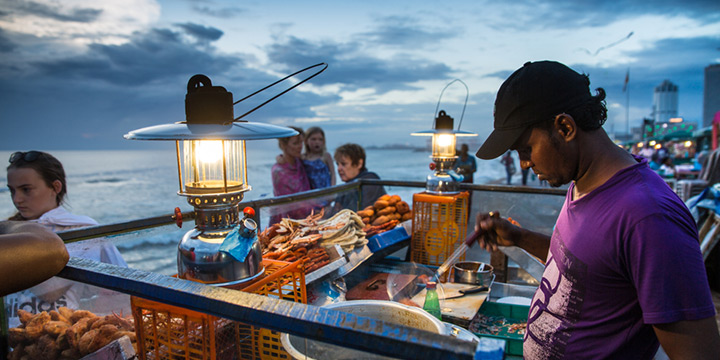
As the nation’s capital with a coastal location, Colombo is a melting pot of cultures from around the globe. From Malays to Europeans, each group brought with them their culinary traditions which have become infused into local dishes over time.
Make sure to sample short eats from the local kade (simple shops). These spicy savory snacks range from pol roti to egg rolls and are the perfect pick-me-up when you’re out and about. In the evening, the distinctive sound of string hoppers being made combines with the salty seafood scent of isso wade as they’re fried.
If you want something sweet, seek out watalappam. This is a creamy coconut custard dish served cold, similar to a crème brûlée. It contains jaggery, a sugar created out of the sap of the kitul tree. Watalappam is traditionally served at Eid in Sri Lankan Muslim communities and in the new year.
Lagoon seafood
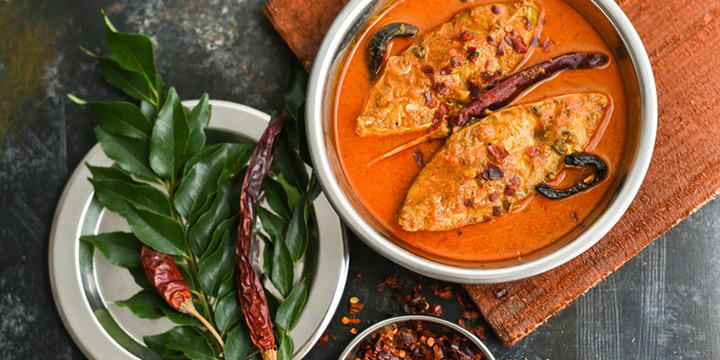
Sri Lanka’s west coast is dotted with saltwater and freshwater lagoons, especially north of Colombo between Negombo and Puttalam. These lagoons are full of unique seafood that’s sorted at the local fish markets and sold throughout the island.
If you’re starting or ending your tour in Negombo, make sure to sample some of this fresh seafood. Magnificent mud crabs and jumbo prawns are some of the highlights you can expect to find. You can even visit the fish market to see it being sold or watch the haul being brought in at dawn.
South
Ambul Thiyal
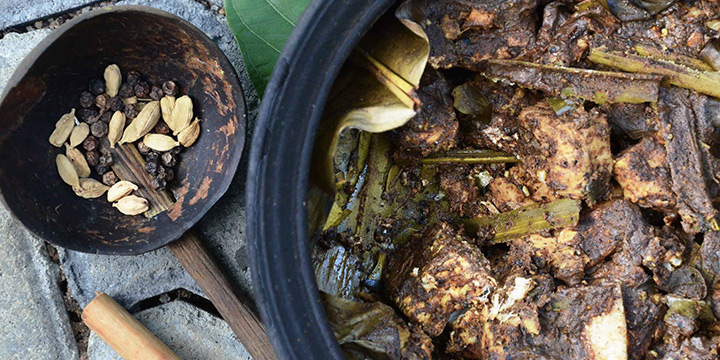
Many Sri Lankans would travel the length of the island to sample ambul thiyal, a sour fish curry. This dish originated in the south and this is still the best place to try it, made with the day’s fresh catch.
Firm fish like tuna is cubed and marinated with spices and dried goraka which gives the dish it’s unusual sour notes. Once cooked, the curry is dry rather than saucy which is fairly rare in Sri Lanka, but the reduction of liquid means each piece of fish has an intense flavor.
There’s no shortage of seafood to try while you’re in the south. Fresh tuna, unadorned except for some black pepper and lime, or unadulterated prawns are other must-adds to your bucket list.
Lamprais in Galle
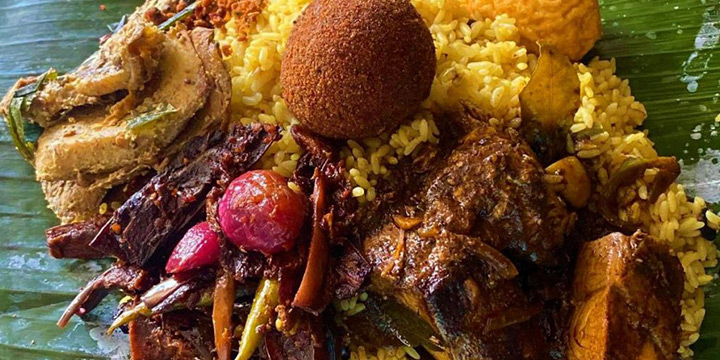
Of Dutch origin, lamprais was designed as an all-in-one lunch packet that traveled well and would sustain people throughout the day. Today it continues to be a favorite lunch option across the island and is still served the authentic way, wrapped in a banana leaf.
The dish is mainly comprised of a three-meat curry, sweet stewed brinjal (eggplant) and a tomato chutney served on rice that’s been cooked in stock for extra flavor. The essential adornment is a frikadeller meatball, and sometimes ash plantation is added too.
Central
Jackfruit curry
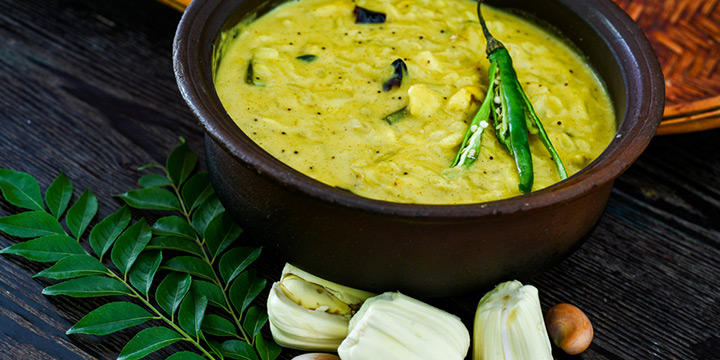
Cuisine in Kandy and the central highlands is largely vegetarian, focused on making the most of the fresh fruit, vegetables and spices that are cultivated in this lush landscape. A tour of a working spice estate is an essential part of exploring this region, as is a market visit to sample Kandyan street food.
Jackfruit curry is one of the most popular dishes here. This enormous tree-growing fruit can weigh up to 55kg and has a subtle sweetness and dense texture that make it perfect for creamy curries. It is used in its young stage and when ripe, variously called polos and kos curry. You can also find prepared jackfruit seeds which are a favorite with locals.
Ceylon tea
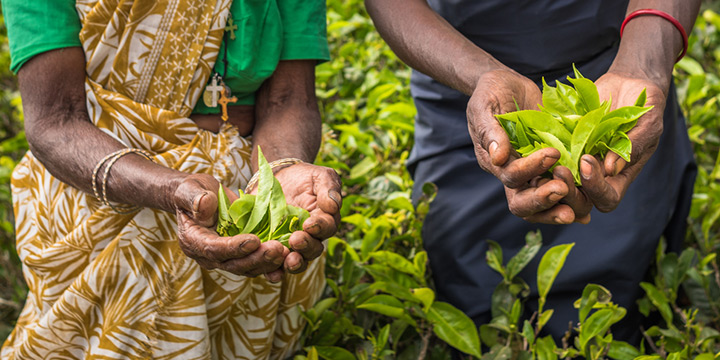
You cannot talk about cuisine in Sri Lanka’s central highlands without discussing Ceylon tea. Since the mid-19th century, terraced tea estates have covered the hills and tea is now one of the country’s major exports.
Watch tea leaves being plucked and prepared at local factories, and drink different varieties of the leaves that are dried and ready to serve. You can even do a tea tasting session which perfectly pairs blends with a range of local foods.
East
Kottu roti
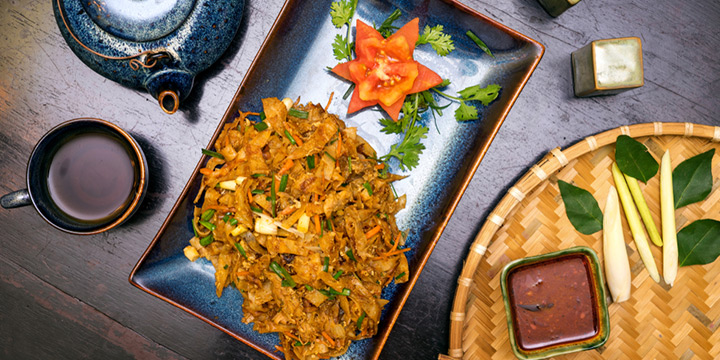
More often than not, simple is best. Communities in the east of Sri Lanka seem to believe this when it comes to food, and their uncomplicated cuisine is unbelievably morish and coveted across the island.
Kottu roti has become a popular street food dish but began as an easy way to use simple carbohydrates to pad out a main meal. The traditional stoneground flatbreads roti is chopped up and mixed with vegetables and a ladle of meat curry, creating a soft and sticky mixture with plenty of taste despite its minimal ingredients.
Pol roti
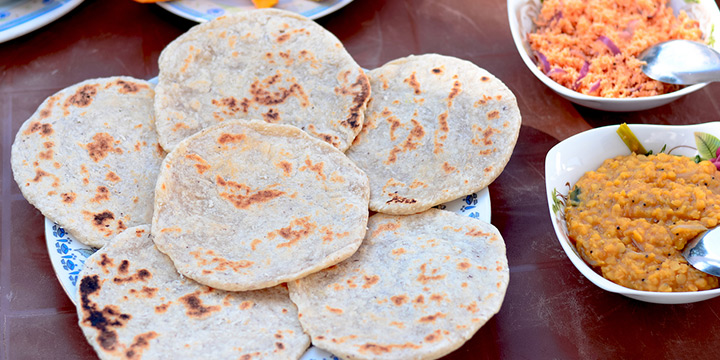
Another simple way to make roti special is to fill it with pol sambol, grated coconut mixed with tomato, chilies and lime. These miniature sandwiches are a great snack that will leave you longing for more!
North
Jaffna crab curry
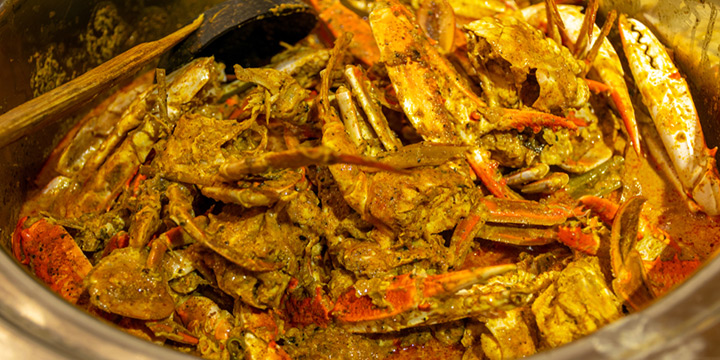
Due to Jaffna’s geographical and cultural proximity to South India, this region uses similar spices and cooking methods that make Jaffna dishes distinctive to other Sri Lankan cuisine.
No trip to Sri Lanka is complete without trying Jaffna crab curry. This is a fiery dish, but if you can handle your spice it will stay with you as one of the very best things you’ve ever eaten. It’s traditionally eaten with your right hand: use your fingers to break apart the crab shell and pick out the flesh, and press this and the coconut milk curry into fresh rice to create the perfect mouthful.
Modakam
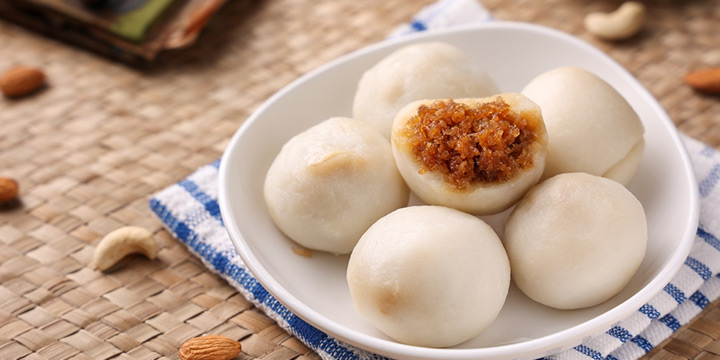
Round off your crab curry with modakam. This is the Sri Lankan take on dumplings, small pancakes filled with jaggery and coconut combined with green gram and steamed into sweet rolls. These are a great light dessert or daytime snack.

How to make this experience a part of your itinerary?
Our vision for our blog is to build an invaluable resource for independent inquisitive travelers wanting to travel to Sri Lanka in a way that goes beyond the conventional and takes people further and deeper both physically and emotionally. It’s about having a fuller, richer, more meaningful trip. We also want to be a practical resource. Every article is ‘actionable’, you are able to make it part of your itinerary in some way. For tips on how to make any of these tips part of your journey send us an enquiry
